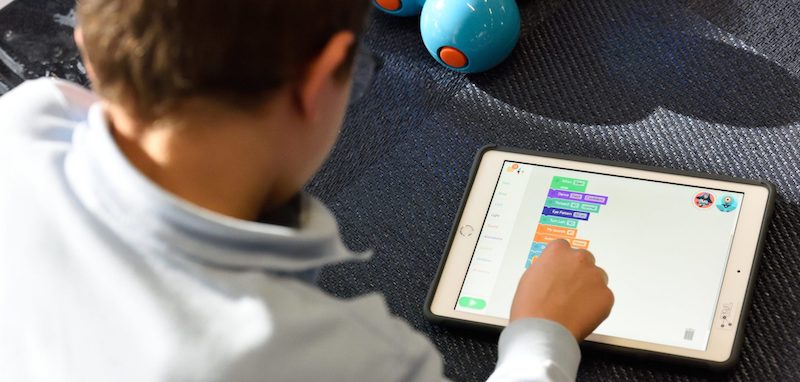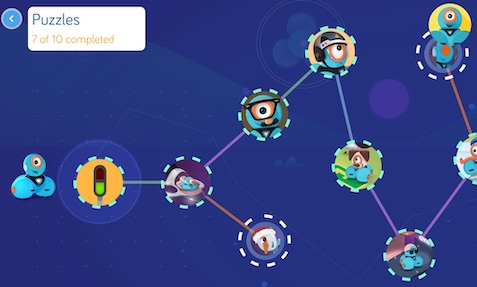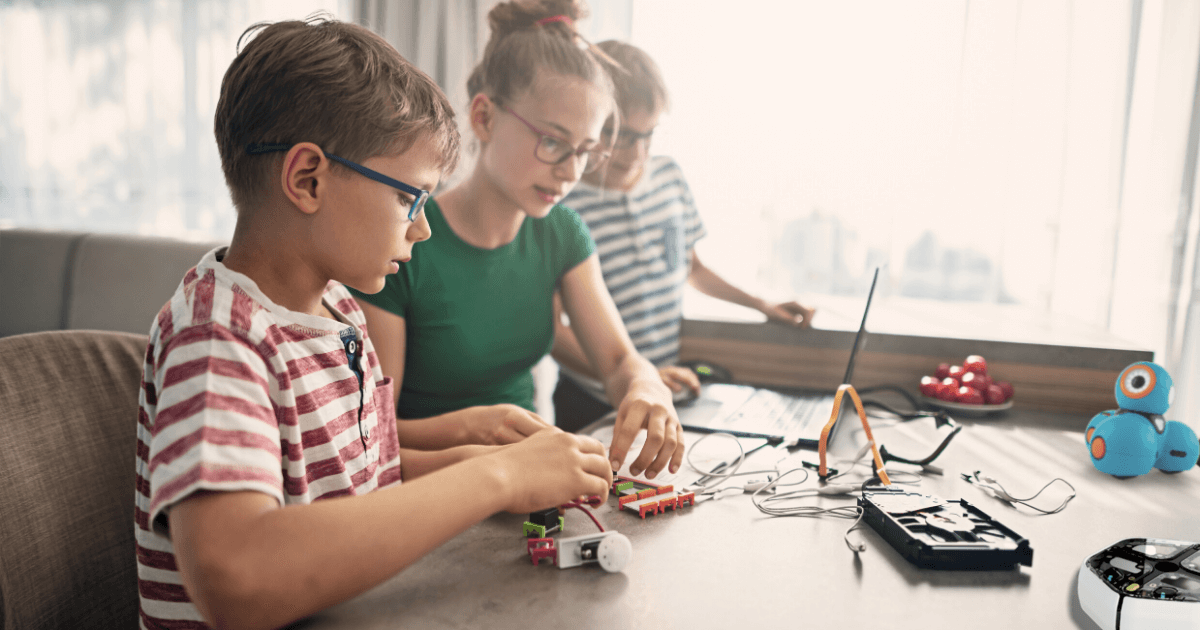At Eduporium, we’re always evolving to meet the needs created by the modern educational landscape. Traditionally, this has meant researching and vetting STEM tools, like 3D printers, virtual reality systems, robotics kits, engineering and design tools, and more. However, like the rest of the education world, we recently realized that there's more to educating the whole child than ensuring they have a strong foundation in STEM. As the new school year begins (possibly with remote learning), STEM remains important. And, we're as committed as ever to ensuring students can focus on social-emotional restoration as well.

As schools closed and educators turned to remote learning, many thought that STEM and maker education would be left behind. Teachers were scrambling to make sure they fir in the most important lessons in distance learning. Turning isolation into a positive, however, we chose to look at how STEM tools provide students with continued hands-on learning. Since they're not getting them in the classroom, this can fill a void when in their social and emotional needs.
Bringing STEM into distance learning.
We’ve made it a focus over the last few months to not only continue providing STEAM tools despite distance learning challenges, isolation, and possibly even trauma, but to make sure they’re aware that STEAM education remains a viable option even in remote learning. Even when not physically in school, the Eduporium team can help educators throughout all K-12 levels discover new ways of using STEAM and maker solutions to keep the active element of learning alive for kids. In many cases, that includes digital adaptations for trusted STEAM tools educators know, which we fully support.
We've had to find a way to help school leaders and educators incorporate STEM learning differently. With help from our partners, which include many trusted names in EdTech, we’ve repositioned our offerings. They now include virtual STEM content and STEM tools that are compatible with the remote and hybrid environments. We’ve continued to vet these solutions and learned a lot about placing them into any of the three instructional models.

Virtual coding tools in remote learning.
In addition to educating teachers on continuing STEM opportunities in remote learning, we’ve also revamped our focus on the relationship between social-emotional health and learning. Knowing that students and teachers may have experienced various forms of trauma while in isolation has given us a new perspective on the types of learning and discussions that should take place once they’re all together again. Every student's situation has likely been different while they’ve been stuck inside. Helping them reacclimate to learning can be tricky, especially if these emotional issues are not addressed.
So, we're focusing more on the relationship between STEM and social-emotional learning with MakerEd helping to connect the two. Students can use maker tools in a 1:1 capacity in the classroom or at home. Many of them offer an emotional component that’s essential for helping students regain a sense of normalcy. By encouraging students to use a maker mindset and effectively incorporating MakerEd tools into remote and in-person learning, we believe that their teachers can help them rebuild curiosity, excitement, and desire. And, that's what will help them learn new things through exploration and creative self-expression.
Forging forward following remote learning.
In aligning our post-pandemic vision more to serving students and teachers beyond their academic needs, we’ve renewed our commitment to helping students develop STEM skills but doing so in a way that’s physically safe and emotionally healthy. We know that educators don’t have time to learn new technologies, so we’ve shifted our focus to well-established tech tools. They're also affordable, portable, and perfect for students to use on a 1:1 basis. This also helps in welcoming them back to an inclusive learning environment though they'll still be working independently.

Beyond this, our traditional services for educators, technology integrators, and school leaders remain intact. We're still offering personalized consultation for teachers on implementing EdTech, STEAM, and MakerEd tools in remote, hybrid, or in-person learning. Using what we’ve learned through the first few months of this process, we’re confident that we can help educators continue using technology to advance the educational outcomes they offer for their students on a daily basis. We’ve also realigned our product offerings to provide educators with tech tools that work in all three instructional scenarios. Whichever model you'll be using, we can offer guidance.
We will continue to do what we can to support everyone in the education community, including offering our Educator Discount, providing a monthly EdTech grant, simplifying EdTech purchasing with one-stop shopping, and, now, clearly defining STEAM tools for the immediate future—those that are viable in different learning situations and aligned with social and emotional development. As returns to school continue, we can help educators integrate STEM learning safely, effectively, and with student well-being in mind. For more, be sure to follow us on Twitter and Instagram.



